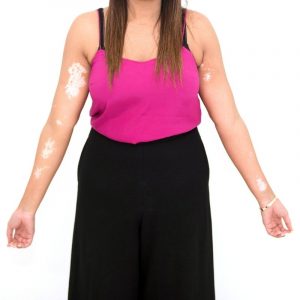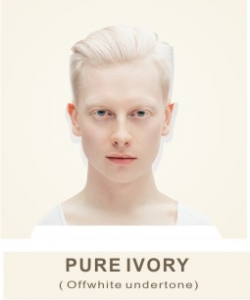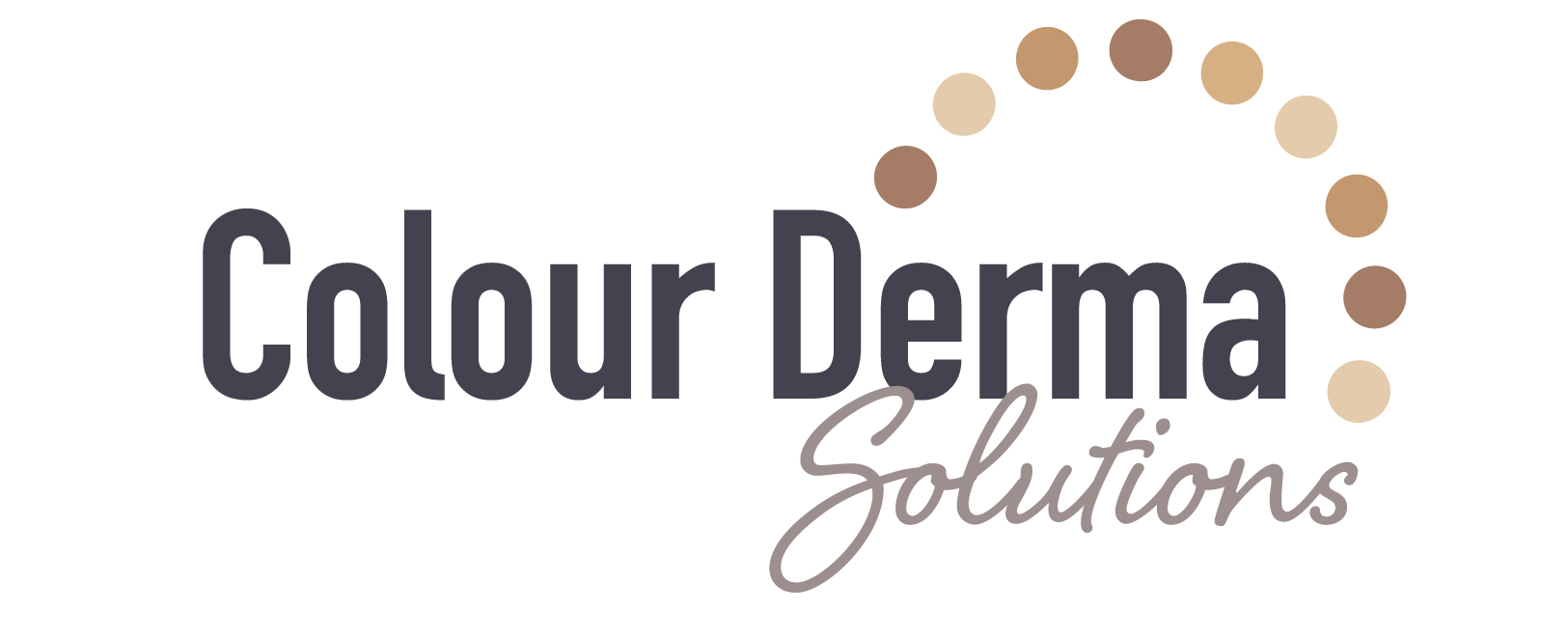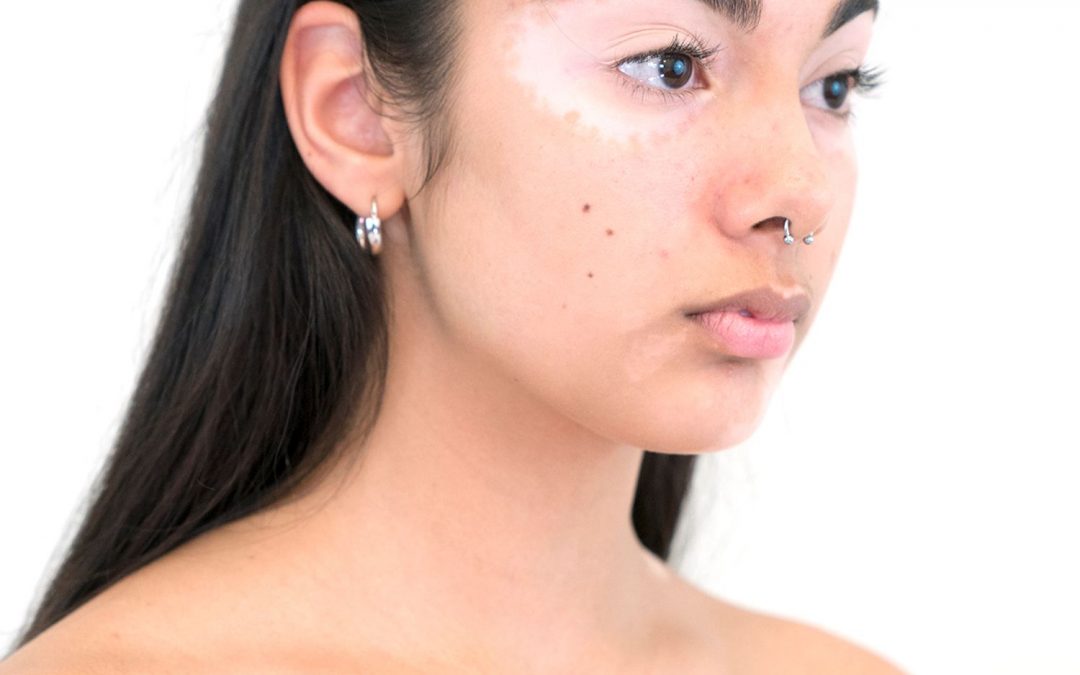Finding the Perfect Shade
The key to looking flawless, natural-looking camouflage makeup foundations is making sure that you begin with the right shade. Many people will “eyeball” their selections or rely on the product’s colour description. Holding up a bottle against your skin or dabbing a bit on the back of your hand helps, but it is not the best way to determine the best shade. Especially under the harsh fluorescent lights inside a store. Never fear though, because making the right choice does not require complicated steps!
Colour Derma wants you to look your best, showing off your natural beauty, so here are a few tips on how to pick the best match for your foundation colour. And our camouflage makeup foundations experts are here to help you if you have any questions or need some help.
Camouflage Makeup Foundations, It Is Not All About Skin Tone
Your skin tone is a good start to finding your ideal camouflage makeup foundations match. Your natural complexion’s colour can usually be described by a range for its tone. Starting from the lightest side of the scale, if you compare your skin shade to porcelain or ivory, then you have a fair skin tone. If your skin is lightly shaded, but with a bit more colour, then that would be a light skin tone. The next step is a moderate, darker hue, which would describe a medium skin tone. For truly dark complexions, you would have a deep skin tone.


But that is just one facet when determining what match would be best. Skin tone indicates the main hue, the lightness or darkness of your skin. For anyone who thought they picked the right foundation match only to seem drained or grey or even orange, they forgot to consider their skin’s undertone.
Do You Know What Your Undertone Is?
Undertone is the colour that radiates your skin from underneath the surface. It is what gives skin shades of pink (cool undertone) or golden (warm undertone) accents. You could also be somewhere in the middle, which means you have a neutral undertone. How do you determine your undertone? There are three main tests:
- Look at your wrist on the inside of your arm. If the veins look blue, then you are cool. If they look green, then you have warm undertones. If you can’t really tell, then your skin undertone is probably neutral.
- Place a piece of white paper next to your face as you look in the mirror. Make sure you’re in natural lighting, so it would probably be best to do this during the day with the windows open. If your skin looks pink or blueish against the white paper, cool. If your skin seems to turn yellow, you are warm. If you look grey, then you have neutral undertones.
- What colour jewellery looks best on you? If you look good in silver, then you’re cool. For those who shine in gold, warm.
Select a Few Different Options
Now you are ready to narrow down your choices. Knowing your skin tone and undertone, you may be able to choose between names like “Rose Beige” or “Golden Beige”. However, the names can sometimes be misleading, even when they use the terms “warm”, “cool”, and “neutral” in their descriptions. Of course, you can look at the colour swatches online or on the packaging. Even if you think you found the perfect match, you may want to pick a few different options to test on your skin.
Since you want your camouflage makeup to create a natural look by concealing a skin condition, you may want to double-check your selections with an expert. Or go through the process with an expert advising you along the way. If you are looking to conceal birthmarks or other types of hyperpigmentation, you may need to consider some colour correction as well as colour matching, which may need an expert eye.
The team at Colour Derma are happy to discuss your needs and help you through every step, from identifying your skin tone and undertone to determining which shades are best for you. And if you can’t make it for an in-person consultation, that’s all right since many brands offer sample sizes and kits that you can order to test at home.

Some Tips When Checking Shades
Try a few different spots.
Whether you’re using this makeup on your face or arms or back, you may want to apply the samples in different areas. Your cheeks may be different from your neck. The outside of your forearm may have a different tone to the inside.
Test under natural lighting.
Actually, you may want to test under different types of lighting. That makeup may look different outside during the day than under fluorescent lighting inside.
Consider the seasons.
Your complexion may change with the seasons, getting darker in spring/summer and lighter in fall/winter. Even if you don’t consider yourself an outdoors type, anytime spent outside may affect your skin tone. If this is the case, you may want to go through this process as the seasons change to make sure that your makeup matches your tan or lack of one.
Mix and Match, But Not More Than Two
If you still cannot find a shade that satisfies you, you may want to mix colours. But be careful not to mix more than two. Using more may be time-consuming if you have to do it for every application, and there’s a chance you may not be able to replicate that colour every time.
Try the disappearing act.
Having applied test swatches accutane on your skin, see how well it blends with your skin colour. If you’re unsure which one looks more natural, take a cotton swab with a little makeup remover and wipe down the middle of the best matching swatch. If you can notice the difference, that may not be the best choice.
Get Expert Help with Colour Derma
Still not sure about Camouflage Makeup Foundations? Our team at Colour Derma can help you. We can also work with you on getting a customised blend if there isn’t a shade that makes you feel like you look your best. Also, we can assist with colour correction issues that may require additional skin tone evaluations. Ask us about the best solution for you, including product selections and application techniques, as well as skincare tips. Colour Derma is dedicated to helping you show the world your best and most confident you.




Recent Comments